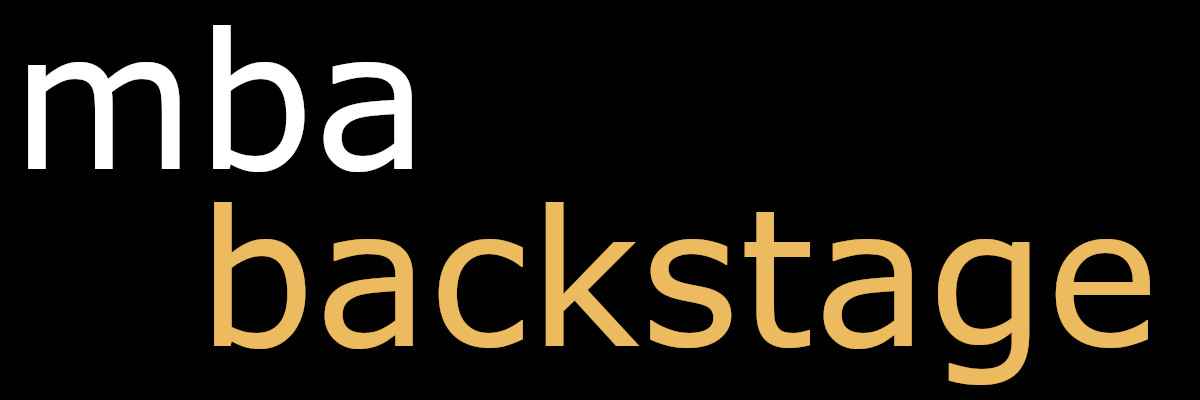Resume / CV Tips

The dating profile of your application
Many applicants make the mistake of neglecting their resume in their application, focusing more on iterating their essays or improving their GMAT score. Why is this a problem? Because the resume is typically the first thing an admissions officer will look at. It will allow them to quickly assess whether you have the potential to be a good candidate or not and gives them background context for your essays along with a summary of your journey so far.
Like your profile page on an infamous dating app, you run the risk of people “swiping left” if you don’t work on it enough! Here are our tips on getting plenty of school “matches”.
Make it achievement (impact and progress) oriented
MBAs are people that get things done, they make the impossible possible, they are the superheroes of modern business times… Ok let’s not get carried away! Nevertheless, your CV should give the impression you’ve made a significant impact in every step of your life/career.
Use the SAR (Situation – Action – Result) methodology to describe each of your experiences. Employ action oriented verbs. Spend time iterating on them. Use a synonyms dictionary. Make them strong and diverse.
Try to show you have gained responsibilities on a regular basis. Even if you haven’t received many promotions, you can use other ways to demonstrate success and recognition, such as increases in your scope, secondments or performance reviews.
However do not lie! If the school has any doubt on whether you’re telling the truth, they will test further in the interview, or worse they will simply discard your application.
“Admissions officers are generally not looking for hard skills, but for ability and potential”
Low on context, high on numbers
The key to applying the SAR methodology in an MBA resume is to think about the background and qualifications of those who will read them. Most MBA admissions officers have a training in Human Resources. Sometimes they will have an MBA or some kind of business training, but in pretty much all cases you can bet they will NOT understand the specifics of your current/past roles (unless you have been on a clearly defined track such as consulting at McKinsey).
This has two important consequences for applying the SAR method:
- The “Situation” part should be kept short and simple. Any additional detail will take up more space, increase the likelihood of the reader not understanding something, and reduce the likelihood of them of being impressed by any impact you may have made.
- The “Results” part should be quantified, quantified, quantified. You don’t need an engineering degree to be able to count and understand that leading a team of 15 engineers is more impressive than leading a team of 4 engineers. No matter what you were working on, try to show the results in some numerical form. We know this is hard for some types of profiles, but trust us – it can be done!
Include “employability” skills rather than hard skills
When applying to an MBA, you are not applying to a job. We’ll repeat that – you are not applying to a job. That means, admissions officers are generally not looking for hard skills, but for ability and potential. Forget about listing all those marketing tools you can use or all those programming languages you’re fluent in. Those are useless to your application, so you can save space for more important things. See our Application Strategy section (link) for what skills you need to demonstrate throughout your application.
“Exclude anything that someone in the same team as you (e.g. a colleague) could have also said”
Focus on what makes you unique
Given that your CV is likely to be what application departments use as a pre-filter, you can assume that the reader has already seen at least 10 similar profiles on that same day… You need to make yours standout and get the reader to be intrigued enough to want to know more.
Our best advice is to avoid including things that someone in the same team as you (e.g. a colleague) could have also said. In general any action that is part of the standard job description has probably been seen a thousand times before, unless if the position is really unique. So if you were the official P.A. of the Dalai Lama for 6 months, feel free to provide details on your every day tasks!
Cut – Simplify – Repeat
Your CV should be 1-2 page(s), written in font size 11 or 12 and with lots of space. In fact some schools limit to 1 page (check their websites!). Yes we know that’s hard, but if CEOs of multi-national companies can do it, we’re pretty sure you can do it.
If you breach that golden rule, the chances of your CV getting through the initial screening will be highly reduced. Using the above tips on uniqueness, you should be able to eliminate a lot of irrelevant content. Every single word on your page should earn the right to be there.
Don’t hesitate to bring in external help on this point, and ideally from people who don’t understand the details of what you do. If your dad, mum, brother, sister, dog, or cat can read your CV and understand your achievements, it’s a good sign! Cut out anything that they don’t comprehend or that requires an explanation. No jargon, no acronyms, etc.
Don’t forget that you’ll be sharing an MBA class with people from completely different backgrounds to yours who will want to be proud about studying with you. Your CV is the perfect opportunity to practice selling yourself in a clear and synthesised way!

0 Comments